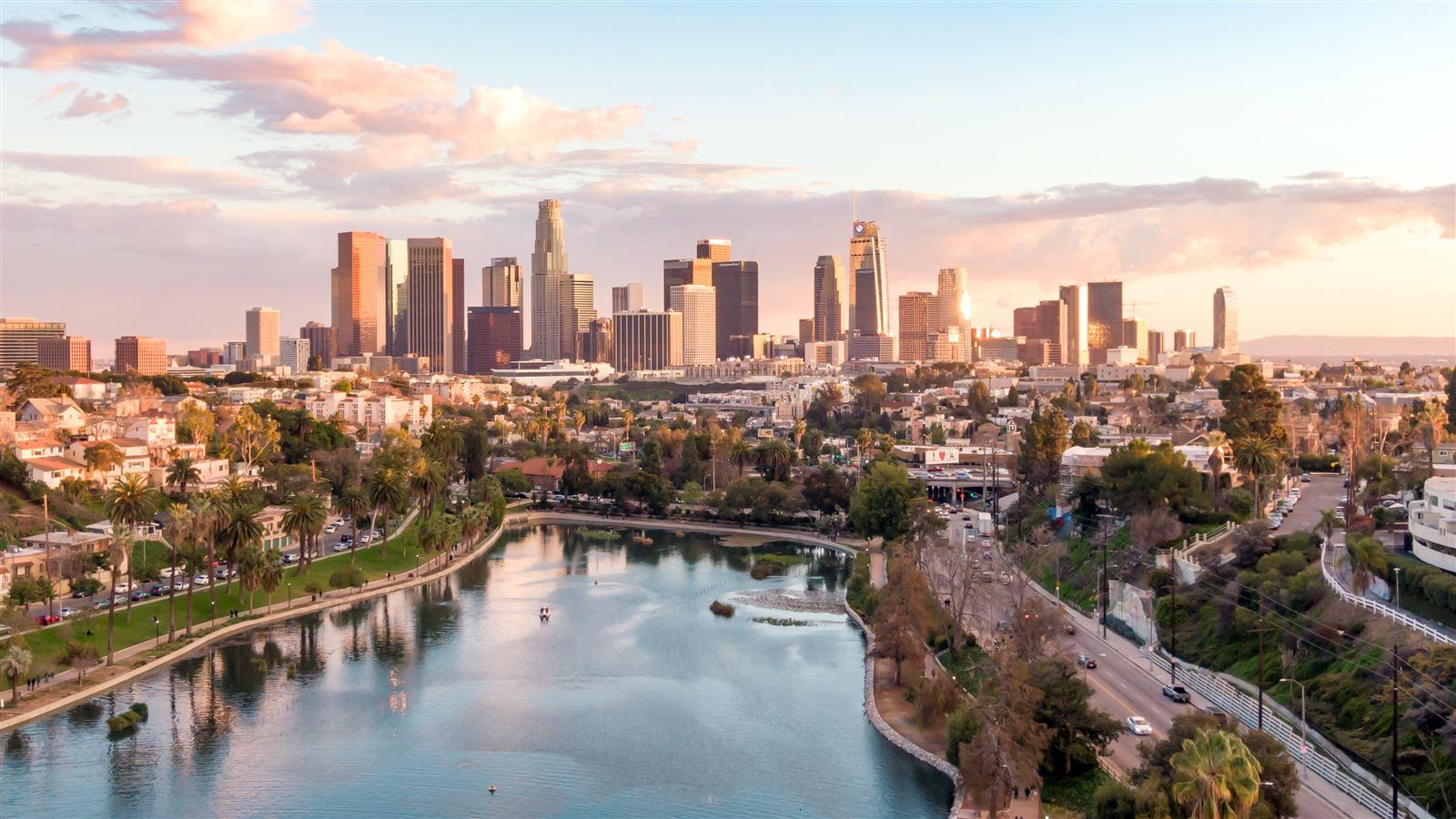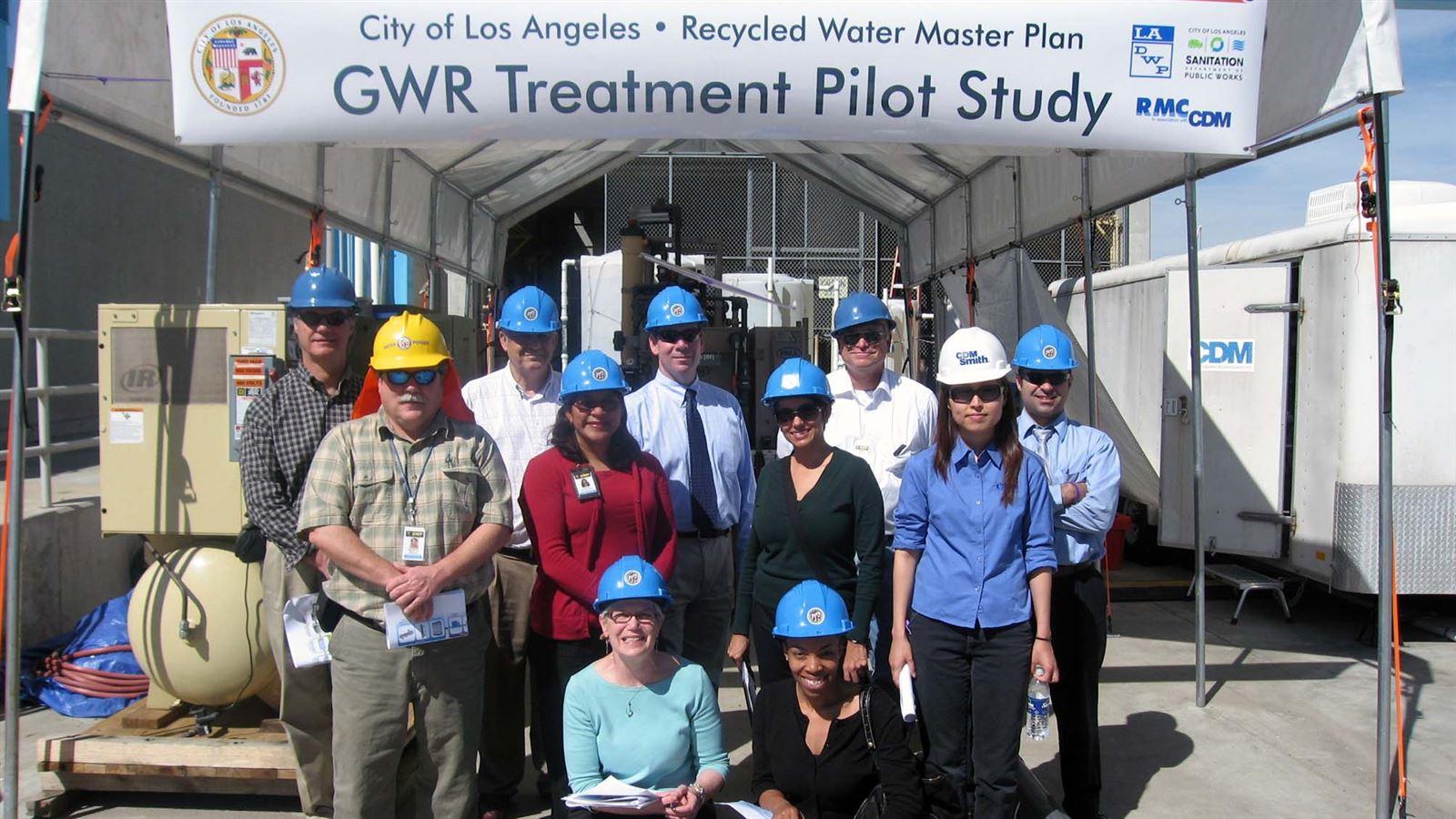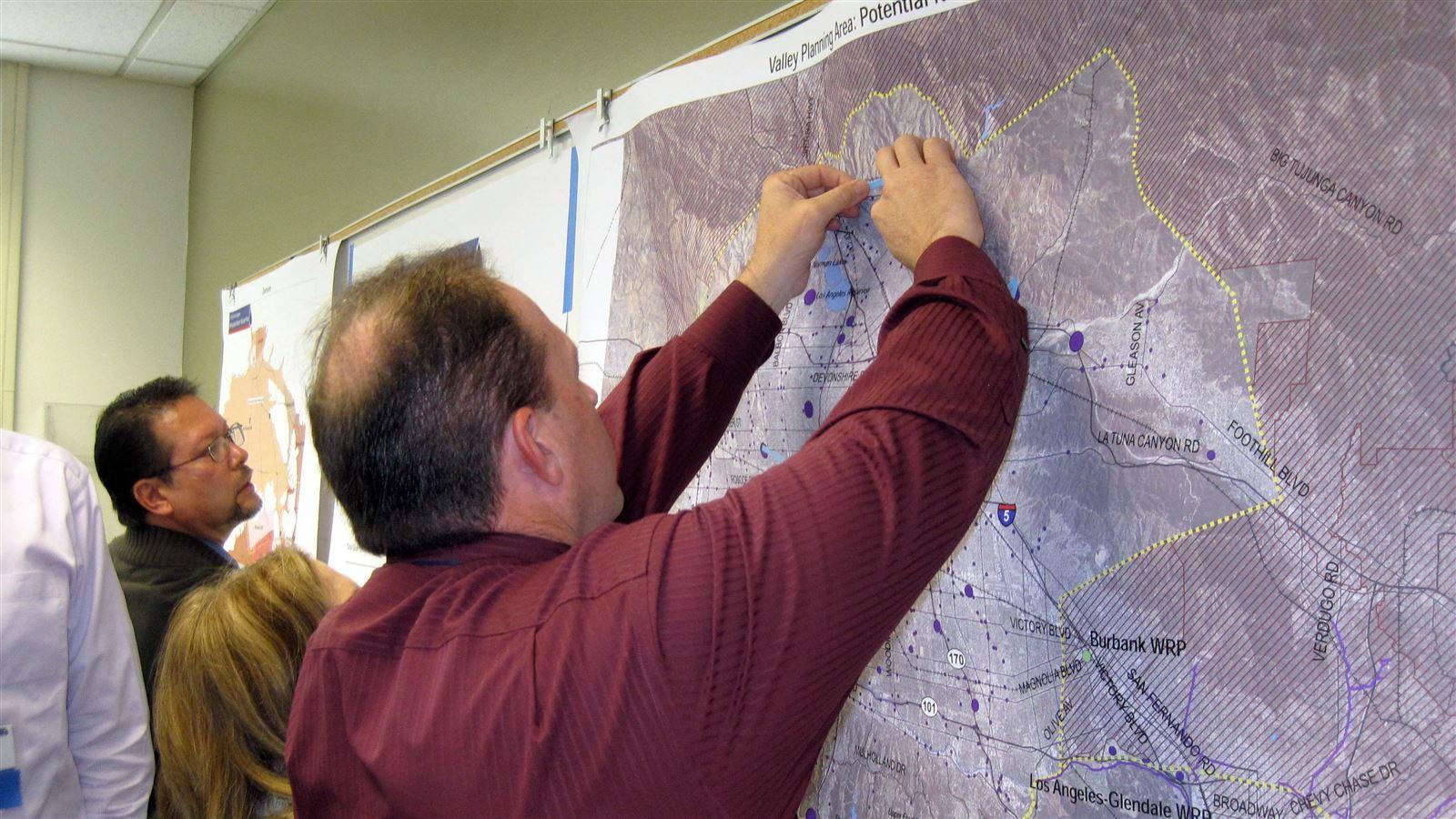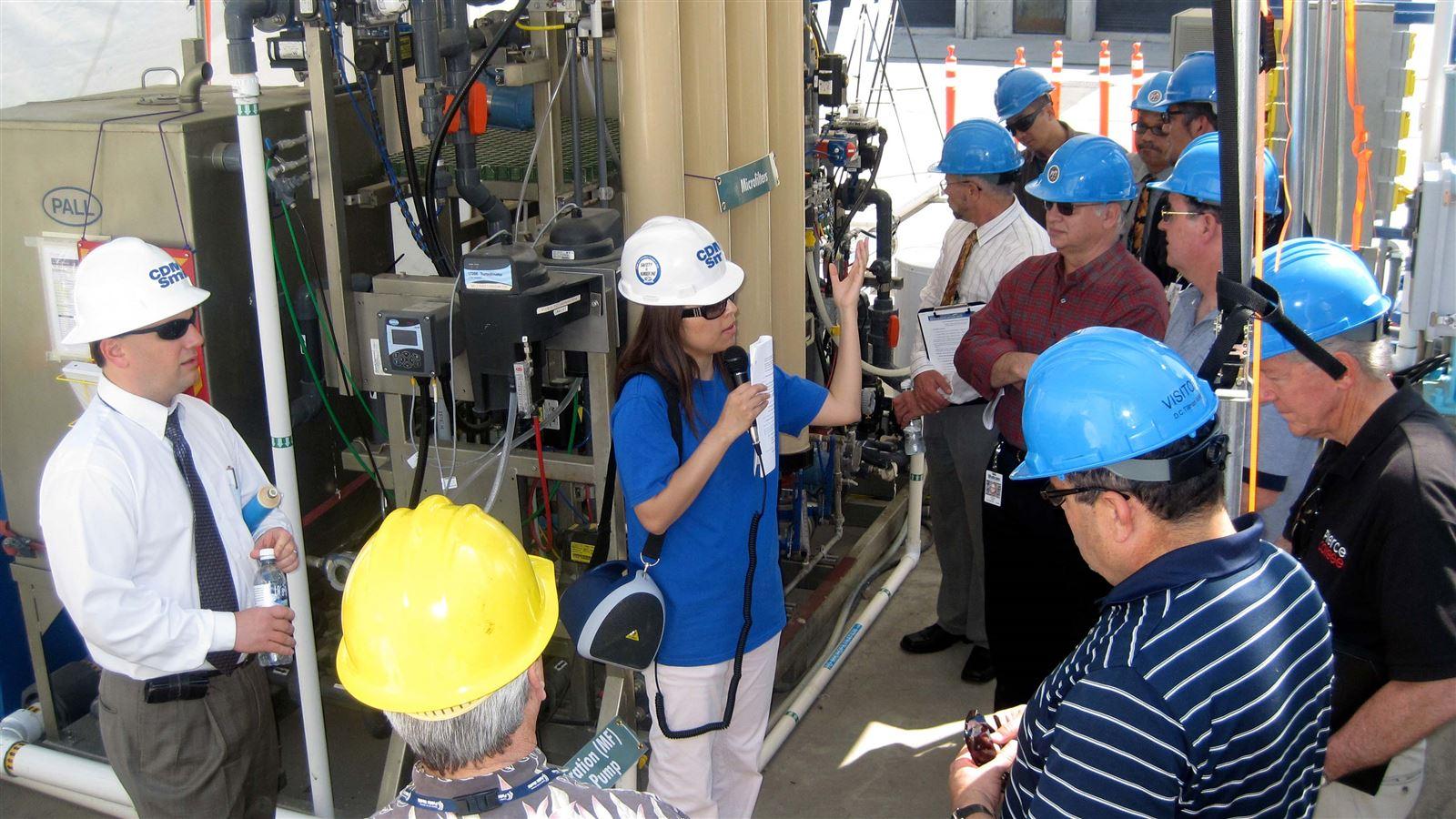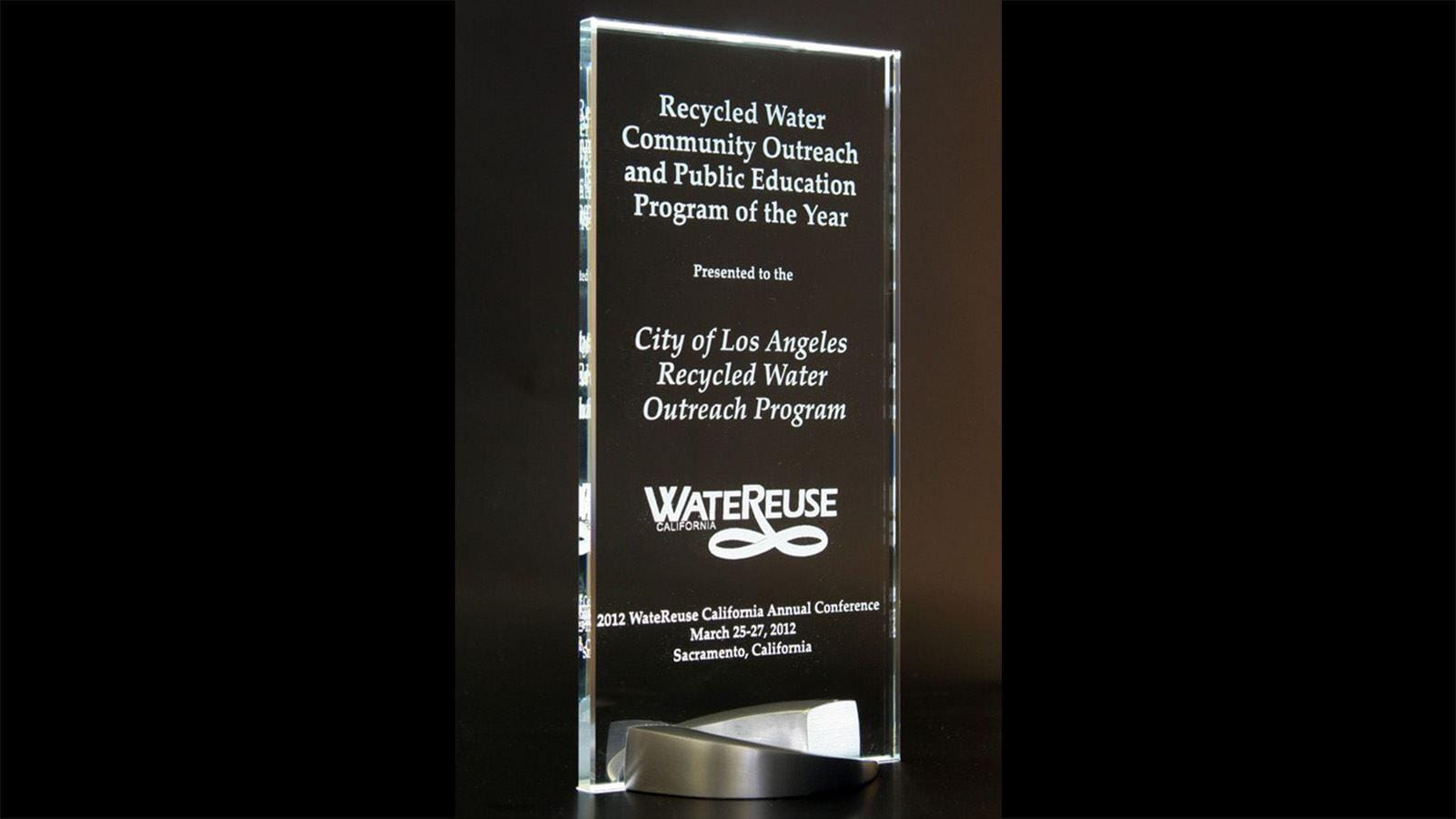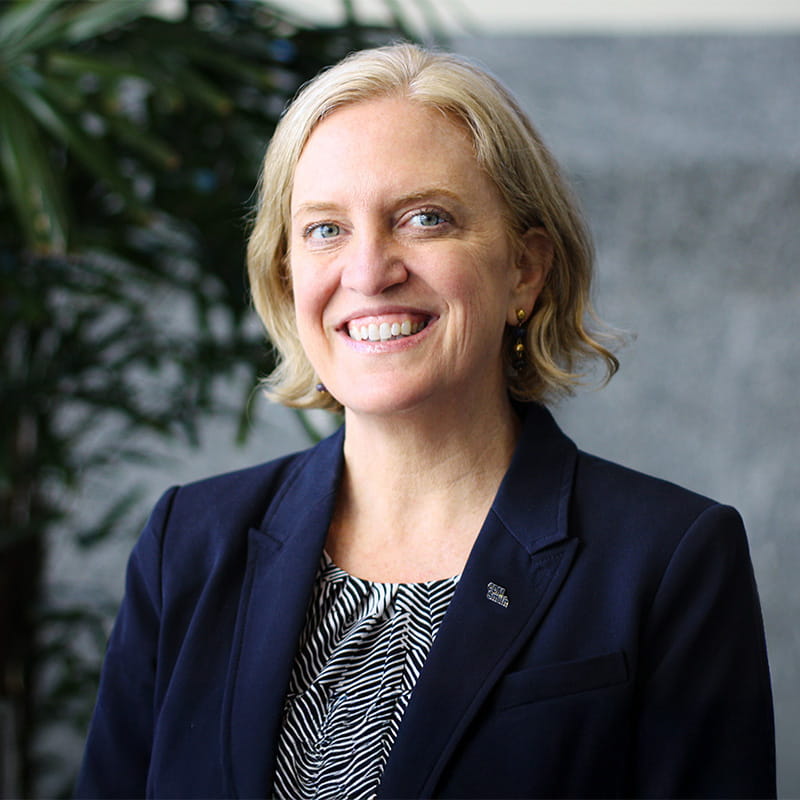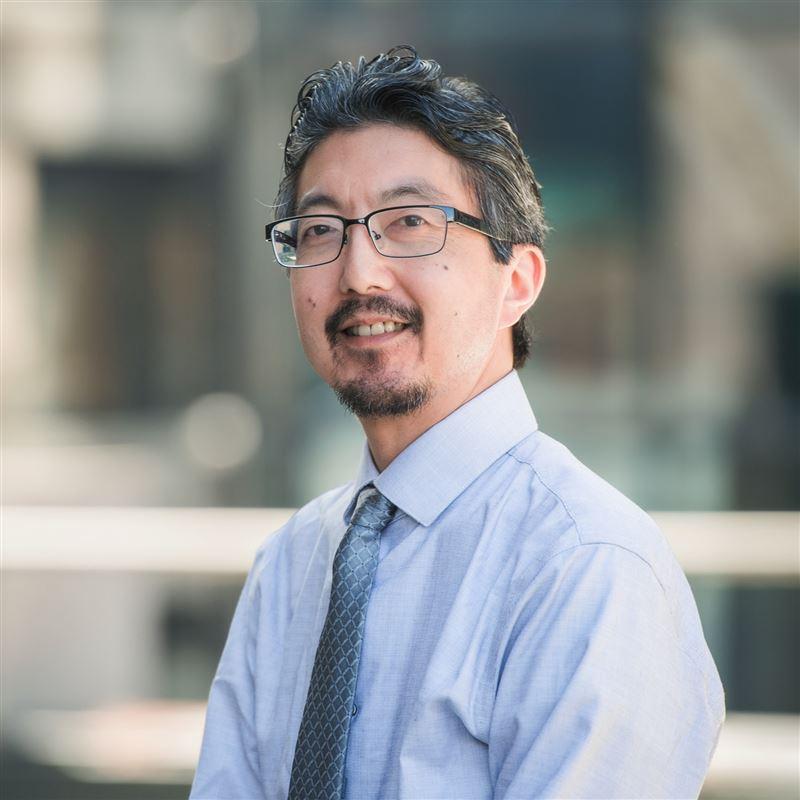L.A. Embraces Water Reuse to Reduce Dependency on Imported Sources
Groundwater supplies for greater Los Angeles have never been sufficient to satisfy the demands of a coastal metropolis, forcing city engineers to devise ever more creative supply solutions. To significantly reduce the city’s dependency on imported water, the mayor’s office proposed a two-fold strategy: both a cut in purchased water imports and an ambitious wastewater recycling target that will dramatically increase the amount of potable water that is locally sourced. Fortunately, the L.A. Department of Water and Power (LADWP) has been preparing for this call to action, developing a groundwater replenishment project (GWR) in collaboration with the Bureau of Sanitation (LASAN) and with CDM Smith.
The grew out of the Recycled Water Master Planning effort that same year, in which the city investigated the potential of sustainable reuse options via groundwater recharge and a long-term expansion of the system to a level that could greatly reduce the need for imported water. The project team worked closely with regulators, who were in the process of developing the state’s recycled water regulations, identifying potential challenges related to water quality, cost, constructability and general feasibility. As part of the GWR, CDM Smith led a pilot study that examined multiple treatment solutions with the potential to purify the recycled water to meet drinking water standards, producing an exceptional quality water compliant with California’s developing groundwater recharge reuse regulations.
“Newly regulated chemicals, and other unanticipated regulatory changes, create new challenges for us to handle as we move forward with implementing recycled water projects,” said Yoshiko Tsunehara, project engineer for the LADWP’s Water Operations Division.
Next, the project team had to secure support from local stakeholders. As part of the outreach strategy, project scientists and engineers hosted workshops to share project details with the public. About a decade prior, the city had embarked on a similar project, only to be held up by misinformation and general uncertainty surrounding water reuse. The outreach plan focused on the sustainability benefits of the GWR and a more resilient future for the greater Los Angeles area. In 2012, the campaign was named Program of the Year by the California chapter of the WateReuse Association, forecasting a promising future for the current L.A. GWR project. Key to the success of the campaign was the incorporation of stakeholder advisory groups that represented diverse perspectives from the community.
CDM Smith continued working with LADWP’s modeling group to evaluate the total potential recharge impact of the GWR project. Beyond the impact on existing spreading grounds and proposed injection wells, the team provided detailed analysis on how the project could affect groundwater levels, existing contamination plumes and landfills and groundwater travel times to production wells. The modeling efforts helped define projected dilution water flows and identify appropriate monitoring well locations to comply with regulations. CDM Smith also provided regulatory support to LADWP on the Title 22 engineering report currently under review by the State Division of Drinking Water (DDW) and will assist LADWP and LASAN in preparation for final inspection.
The GWR Project will be LA’s first potable reuse project and will serve as a model for future reuse projects.
Other work elements included directly supporting the successful environmental review phase, permitting and regulatory support, and updates to the Recycled Water Master Plan. Most recently, the team has been working closely with LADWP’s groundwater modeling and operations staff to develop the tracer testing protocol, including tracer selection, sampling equipment and monitoring procedures, as well as data analysis, which will confirm travel time compliance. Project engineers expect to begin spreading water by the beginning of 2022.
The use of groundwater replenishment as a means to increase local water supply has set Los Angeles on track to meet the mayor’s goal of recycling 100% of its wastewater by 2035. Additionally, the city’s water replenishment program has a lower greenhouse gas footprint than other water supply alternatives, such as seawater desalination, reusing water multiple times rather than wasting water to ocean discharges. For the second-most populated city in the U.S. and one that has been eternally plagued by periodic water supply shortfalls, the future is already looking more sustainable.
“The GWR Project will be the first potable reuse project in the San Fernando Valley and will serve as a model for future reuse projects,” said Tsunehara.
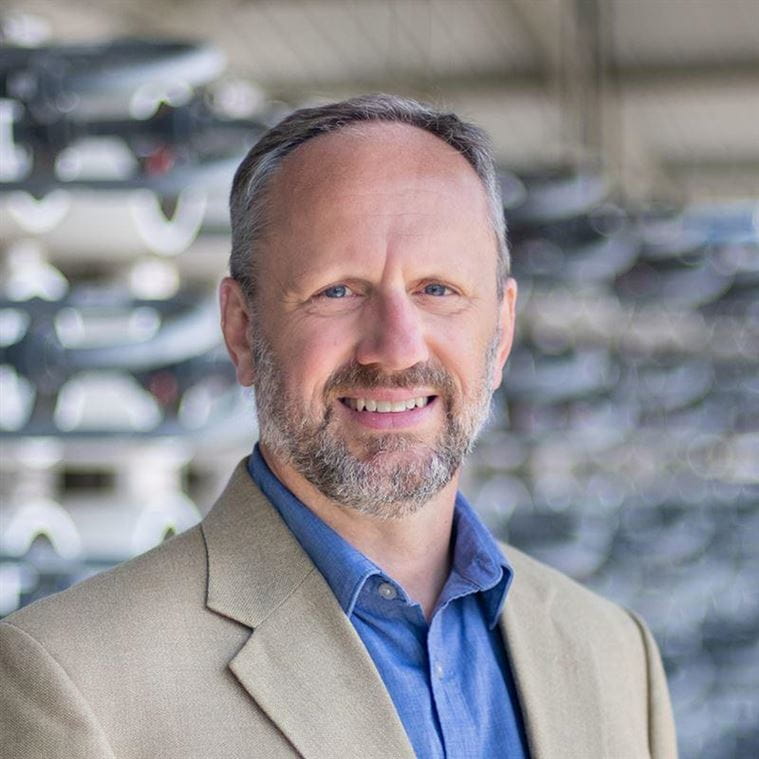
I joined CDM Smith because of the great projects, but I’ve stayed because of the great people.

